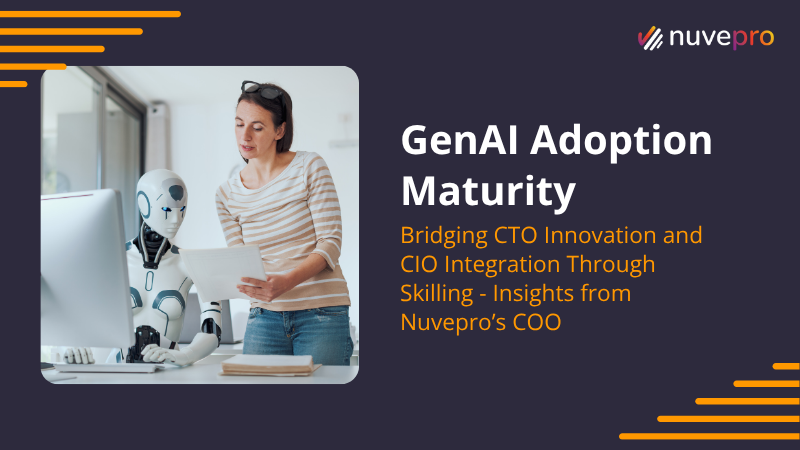It was a Thursday afternoon when Megha was informed that the workforce would relocate to home and they no longer needed to step into the office. The announcement was welcomed in the rising pandemic in 2020.
Megha had to figure out the onboarding process to make sure new hires felt welcomed and excited in the absence of office tours, team meals, gifts and goodies, and meet-and-greets with new teammates. An effective virtual onboarding program would increase productivity, engagement, and employee retention.
Megha realized the importance of employee onboarding. She created a virtual process to onboard the new employees keeping in mind the changes driven by COVID-19.
Now that it’s 2021 and most of us have a virtual onboarding process in place— there are still a few who refrained from devising a remote onboarding process. Well, we did expect things to get better by now and see our colleagues by now.
Let’s first understand what the virtual onboarding process is before we outline the 3 things that Megha did-
What is a virtual induction process?
The concept of the virtual onboarding process is quite recent, We wouldn’t have thought this could be a way of conducting induction programs. But 2020 has changed a lot for us-
The virtual induction process is the same as the in-person onboarding process, the only difference being it is done virtually (online). Using video conferencing tools, messengers like Slack and teams have come handier than ever.
Here are the three questions that Megha reflected on before mapping a plan for the virtual session:
- Are the new hires able to understand the projects they will work on?
- Do the new hires understand the company’s culture and their role in it?
- Do they feel comfortable building relationships and engaging with colleagues?
Organizations like Dell and Marriott focus on onboarding programs and show what success looks like because of the efficient onboarding strategy in place.
Here’s how you can get started with making your remote onboarding process that new hires and old employees, both understand-
3 tips to keep in mind when onboarding remote employees
#1 Hands-on practice even before they get hands-on with real projects
The value of working in a real-world environment while receiving induction training is invaluable. The skills learned and tested in the starting days help speed up the process of working on real projects.
Cloud technology is now changing the way remote induction training is done.
Using hands-on labs to challenge the new employees to solve projects in a real-world environment gives them a first-hand experience of what they can expect.
The best part about the cloud-based hands-on labs is the pricing. The labs are billed only for the hours they are used. Also, the employees do not have to fuss about installing software to make use of the labs since everything can be done on the web alone.
2# Talking about the company culture
New hires are more likely to watch interactive, media-rich presentations that highlight that culture through examples, live videos, and testimonials from the people you’ll be working with. That is the beauty of doing remote induction.
Listening to the HR talk about the values is not boring but an outdated way of educating the new hires on the culture and values of the company.
Interactive webinars are a great example of how technological innovation can help in creating an even better experience for new hires.
3# One-on-one interaction is priceless
The invaluable asset that the internet brings with it is connecting with people all over the world. Stressing on the importance of one-on-one calls with new hires will give them a sense of belonging in the workplace.
Connecting with managers or mentors helps in setting productivity goals.
Here is a video featuring Sara Dowling, head of learning and talent management at SurveyMonkey- it offers some helpful tips on how managers can best welcome new hires to a virtual work environment.
GitLab has a buddy program in place that helps new employees avoid anxiety over their new role and the transition to an all-remote culture.
Conclusion: Double down on the virtual induction process
2020 has not only brought virtual processes in place but also unlocked more opportunities for employees. It gave them the flexibility to apply anywhere across the globe as full-time remote workers.
49% of HR leaders plan to hire more fully remote workers when the pandemic is over. It is only advisable to make the onboarding process easier to ensure high employee retention.
There’s nothing better than an onboarding strategy that will make new hires a company ambassador than making them feel welcomed.



